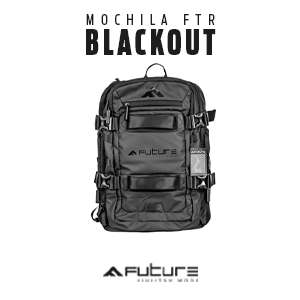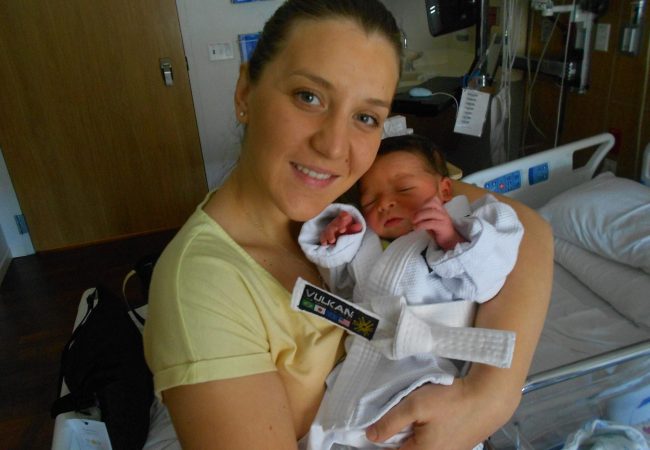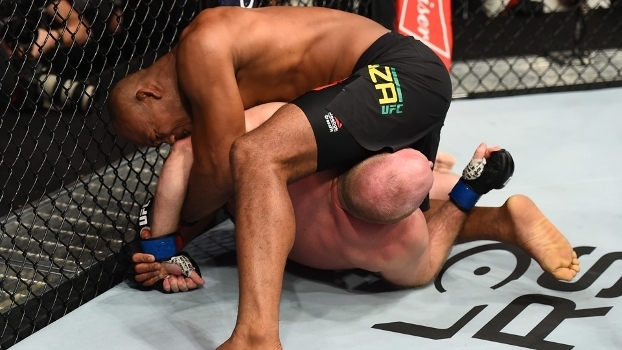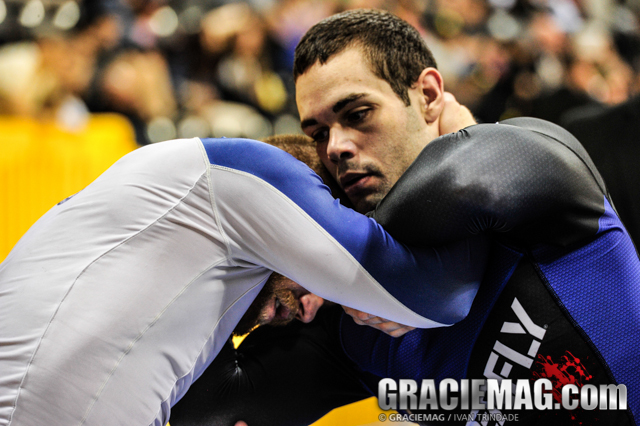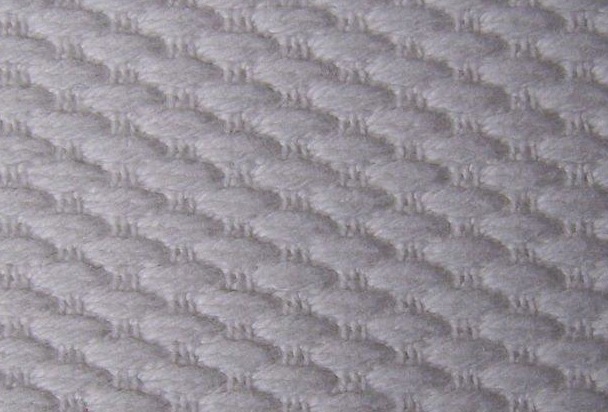
Close-up view of gi made of weaved cotton, proper for Jiu-Jitsu / Publicity photo
Time to buy your first gi is an occasion marked with doubts not just for Jiu-Jitsu practitioners, but for athletes from all martial arts. This is because a wrong choice of garb could cause you setbacks down the road, when wearing it.
Problems spanning from incorrect size, premature wear and tear or a model not fit for the chosen activity. To help athletes getting their start in Jiu-Jitsu, judo, karate, etc., Miguel Malak, the president of Torah Kimonos, proffers some important pointers to not make a mistake when choosing your uniform.
1. A JIU-JITSU GI IS FOR JIU-JITSU! DON’T WING IT
“The first thing you need to remember is that the gi meets the needs of your style according to the requirements of the given sport (Jiu-Jitsu, judo, karate, etc.). Hence, you should get your hands on one that’s compatible with what you’re practicing,” says Miguel.
2. GET THE RIGHT FIT
“Try and get a size that fits your proportions perfectly. Gis that are too small or too big will hinder your performance,” he preaches. Check out the recommended sizes according to age and height:
M00: under 3 years
M0: under 5 years
M1: under 7 years
M2: under 9 years
M3: under 11 years
JR: under 13 years
A1: under 1.70m (5’8”)
A2: under 1.80m (5’9”)
A3: under 1.90m (6’2”)
A4: under 2.0m (under 6’6”)
A5: over 2m (over 6’6”)
3. PROPER FABRIC
“There are gis made of difference fabrics, so you need to pick according to the durability you’ll need for each style. The ones made of 100% cotton are more durable and hypoallergenic. Gis made of fabric that has not been died (that is, made of raw-type material) undergo marked shrinkage for not having been through a chemical process,” says the manufacturer.
4. GIS NEED TO BE REINFORCED IN THE RIGHT PLACES
“Some styles require strategic reinforcement in places where there’s the most wear and tear (chest, thighs, underarms, knees, side openings, etc.) The collar should be resistant; however, it needs to also be comfortable. The pants need to be baggy enough to offer maximum mobility. The hem should be thick and compatible with the weight of the cloth, yet it should not interfere with its resistance,” he states.
5. BELTS AND GI DETAILING
“The youth belts shouldn’t be too think, as the athlete wouldn’t have the strength necessary to tighten the knot otherwise,” Miguel points out. “Don’t forget that tags, finishings and silk screens make the product look better, but they need to be done so as to conform to the rules of the sport.”
What about to you, gentle reader, what counts the most when you’re buying a gi?
If you’re in doubt as to what the right brand for your armor should be, subscribe to GRACIEMAG and flip through to pick one of our advertisers.


